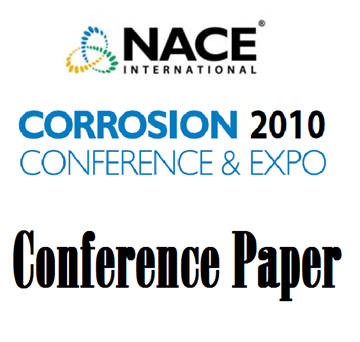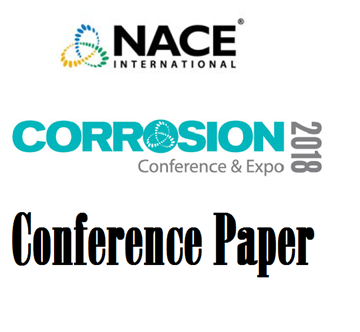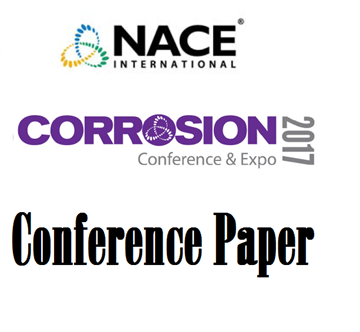Search
51318-11030- A study on the Effect of Volatile Corrosion Inhibitors on Impressed Current Cathodic Protection
Also Purchased
10027 Impressed Current Cathodic Protection for External Bottom Plates of Large AST - Design Versus Factual Model
Product Number:
51300-10027-SG
ISBN:
10027 2010 CP
Publication Date:
2010
$20.00
51318-10544-Cathodic Protection, Coatings that Shield Cathodic Protection, Stress Corrosion Cracking and Corrosion Assessment in Aging Coated Pipe Lines and Buried Utility Structures
Product Number:
51318-10544-SG
Publication Date:
2018
$20.00
Compatibility & Interactions Between Cathodic Protection and Vapor Phase Corrosion Inhibitors
Product Number:
51317--9232-SG
ISBN:
9232 2017 CP
Publication Date:
2017
$20.00




